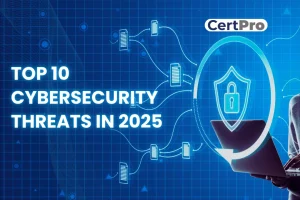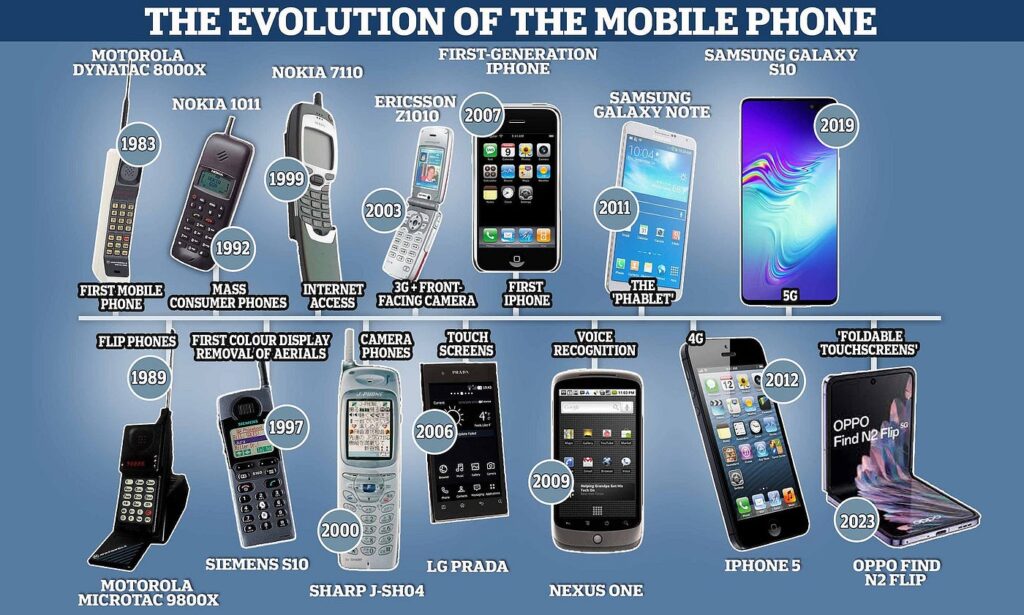The digital world is advancing at lightning speed, but so are cybercriminals. As we step into 2025, cybersecurity threats are more sophisticated, more frequent, and more damaging than ever before. From AI-driven attacks to deepfake scams, no one is completely safe — individuals, small businesses, and even large corporations are all targets.
The good news? With the right knowledge and proactive steps, you can protect yourself from these risks. In this article, we’ll explore the top cybersecurity threats of 2025 and practical ways to safeguard your data, privacy, and digital identity.

Why Cybersecurity Is More Important in 2025
-
Remote work and hybrid jobs mean more devices connected to networks.
-
5G and 6G expansion make internet faster but also widen attack surfaces.
-
AI-powered hacking tools allow cybercriminals to launch smarter attacks.
-
Crypto and blockchain adoption attract fraudsters and scammers.
-
Personal data online (from shopping, banking, and social media) is worth more than gold.
Simply put: cybersecurity in 2025 is no longer optional — it’s a survival skill.
Top Cybersecurity Threats in 2025
1. AI-Powered Phishing Attacks
Hackers now use AI to create convincing emails, texts, and voice messages that trick people into sharing personal data. Unlike old phishing scams full of typos, these messages are nearly impossible to spot.
How to Protect Yourself:
-
Never click suspicious links.
-
Verify emails with official websites.
-
Use email filters with AI-based spam detection.
2. Deepfake Scams
With advanced AI, scammers can now create fake videos or voices that look and sound real. In 2025, deepfakes are being used to impersonate CEOs, politicians, or even family members to steal money or spread false information.
How to Protect Yourself:
-
Be skeptical of unexpected video or voice requests.
-
Verify through a second communication channel.
-
Use deepfake detection tools (increasingly available in 2025).
3. Ransomware 3.0
Ransomware has evolved into triple extortion: not only locking your files, but also threatening to leak data and attack your contacts or clients. Businesses and individuals alike are at risk.
How to Protect Yourself:
-
Regularly back up data offline.
-
Keep software updated.
-
Use strong security tools and endpoint protection.
4. IoT (Internet of Things) Attacks
Smart homes, wearables, and connected devices are everywhere in 2025. But many IoT devices have weak security, making them easy entry points for hackers.
How to Protect Yourself:
-
Change default passwords on devices.
-
Connect IoT devices to a separate network from your main devices.
-
Buy from trusted brands with regular software updates.
5. Crypto & Web3 Scams
As crypto, NFTs, and decentralized finance (DeFi) grow, so do scams. Fake wallets, rug-pull projects, and smart contract exploits are among the top 2025 cyber risks.
How to Protect Yourself:
-
Only use verified crypto exchanges and wallets.
-
Double-check contracts before investing in Web3 projects.
-
Store crypto in cold wallets, not just online exchanges.
6. Supply Chain Attacks
Hackers now target software providers and vendors, infiltrating systems before they reach businesses or individuals. This makes attacks harder to detect.
How to Protect Yourself:
-
Only download apps from trusted sources.
-
Businesses should vet vendors for cybersecurity compliance.
-
Use endpoint monitoring tools.
7. Biometric Data Theft
With facial recognition, fingerprint scanning, and voice authentication, biometrics are becoming common. Unfortunately, stolen biometric data can’t be changed like a password.
How to Protect Yourself:
-
Use multi-factor authentication (MFA) with biometrics + PINs.
-
Avoid storing biometric data in untrusted apps.
-
Regularly update your device’s security patches.
8. Social Engineering 2.0
Hackers no longer just rely on tech — they manipulate human psychology. They exploit fear, urgency, and trust to trick people into revealing sensitive info.
How to Protect Yourself:
-
Slow down before making decisions online.
-
Verify unusual requests.
-
Educate employees and family members about social engineering tactics.
General Cybersecurity Tips for 2025
-
Use a VPN when browsing on public Wi-Fi.
-
Enable Multi-Factor Authentication (MFA) on all accounts.
-
Update Software Regularly — outdated software is the easiest way hackers break in.
-
Use Strong, Unique Passwords with a password manager.
-
Back Up Your Data both online and offline.
-
Limit Sharing Personal Info on social media to reduce risk of identity theft.
-
Educate Yourself — staying aware is your best defense.
Final Thoughts
In 2025, cybersecurity threats are smarter, faster, and more dangerous than ever before. AI-powered phishing, deepfake scams, ransomware, IoT hacks, and crypto fraud are just the beginning.
But with strong cybersecurity practices, you can protect yourself, your business, and your digital identity. Cybersecurity isn’t about fear — it’s about being prepared.
Stay updated, stay cautious, and stay secure.


